Hydroelectricity is a clean and renewable energy source that comes from water motion. Homes, businesses, and industries efficiently distribute it to meet their electricity needs. This article discusses the How is hydroelectricity is being distributed from its producers to its consumers.
Generation of Hydroelectricity
1. Turbines and Generators
Propellers powered by the force of moving water turn generators at hydroelectric power plants. How much electricity is made depends on things like the flow rate of the water, the design of the turbines, and the height at which the water falls (the head).
2. Transmission of Hydroelectricity from Power Plants
Hydroelectric power plants send their generated electricity through high-voltage transmission lines. Thanks to how well high-voltage transmission works, these lines can send power over long distances with little energy loss.
Transmission of Hydroelectricity and Distribution Network
3. Step-Up Transformers
Before entering the transmission lines, electricity from hydroelectric plants passes through step-up transformers. These devices increase the voltage to reduce energy loss during transmission over long distances.
4. High-Voltage Transmission Lines
High-voltage transmission lines send electricity from water power plants to substations closer to people. These lines are necessary for moving large amounts of electricity quickly.
5. Substations
Transformers step down the power to a level that homes and businesses can receive at substations. Substations also monitor and control the energy flow, ensuring its reliable distribution.
Hydroelectricity Distribution to Consumers
6. Distribution Lines
The electricity leaves substations and goes straight to consumers via distribution lines. These lines connect towns, cities, and rural places to make sure that everyone has access to electricity.
7. Local Transformers
Before reaching homes and businesses, electricity passes through local transformers, which further reduce voltage to safe levels for everyday use. Transformers are typically located on utility poles or in underground vaults.
8. Consumer Consumption
Finally, electricity reaches consumers, where it powers appliances, lighting, heating, and other electrical devices essential for daily life and economic activities.
Advantages of Hydroelectricity Distribution
Reliability
Hydroelectricity distribution networks are known for their reliability and stability, providing consistent power supply even during peak demand periods.
Environmental Benefits
Compared to fossil fuel-based electricity generation, hydroelectricity distribution produces minimal greenhouse gas emissions, contributing to cleaner air and reduced environmental impact.
Challenges of Hydroelectricity and Considerations
Infrastructure Maintenance
Maintaining transmission and distribution infrastructure requires ongoing investment and management to ensure efficiency and reliability.
Grid Integration
Integrating hydroelectricity with other renewable and conventional energy sources within the electrical grid requires careful planning to optimize efficiency and stability.
Conclusion
Hydroelectricity distribution plays a vital role in delivering clean, reliable energy to consumers worldwide. By leveraging natural water resources, hydroelectric power plants contribute significantly to sustainable energy production and environmental stewardship.
FAQs
Can hydroelectricity be stored for later use?
Unlike some other renewable energy sources, hydroelectricity itself cannot be easily stored in large quantities. However, reservoir-based hydroelectric plants can adjust water flow to match electricity demand fluctuations.
How does hydroelectricity compare to other forms of renewable energy in terms of distribution efficiency?
Hydroelectricity is highly efficient in terms of energy transmission over long distances due to the use of high-voltage transmission lines and efficient turbine technology.
What are the challenges of expanding hydroelectricity distribution networks to remote areas?
Extending transmission and distribution lines to remote areas can be costly and logistically challenging, requiring careful planning to balance economic feasibility with environmental considerations.
Is hydroelectricity distribution affected by weather conditions?
While weather conditions can influence water availability and reservoir levels, hydroelectricity distribution is generally reliable due to the predictable nature of water flows in rivers and reservoirs.
How can consumers contribute to efficient hydroelectricity use?
Consumers can reduce energy waste by adopting energy-efficient appliances, practices, and technologies, thereby supporting sustainable energy consumption.
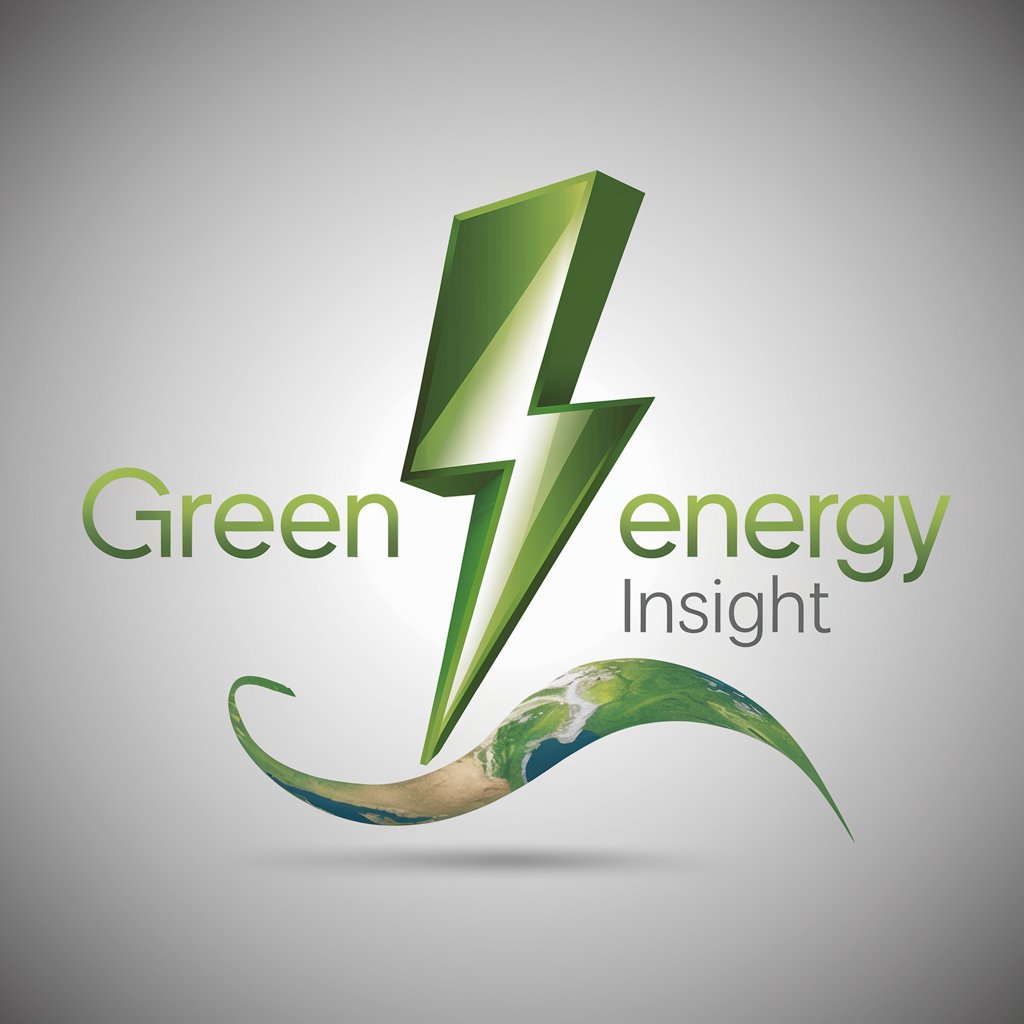
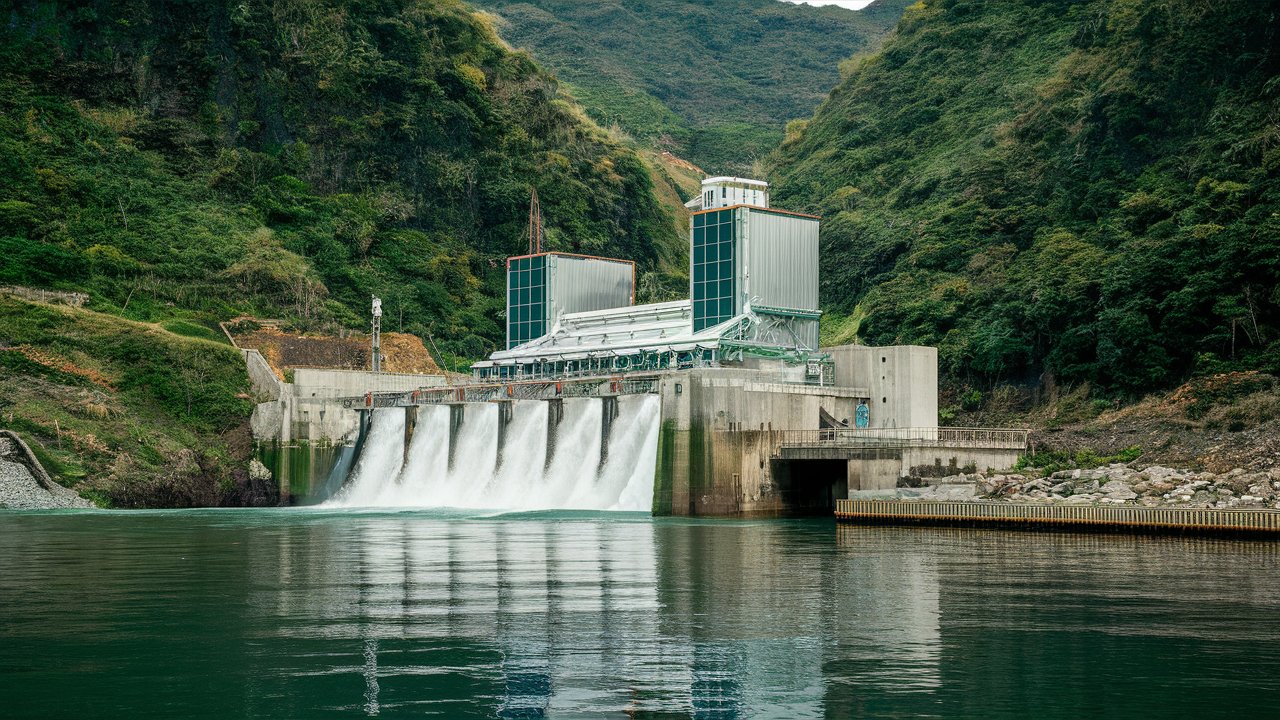
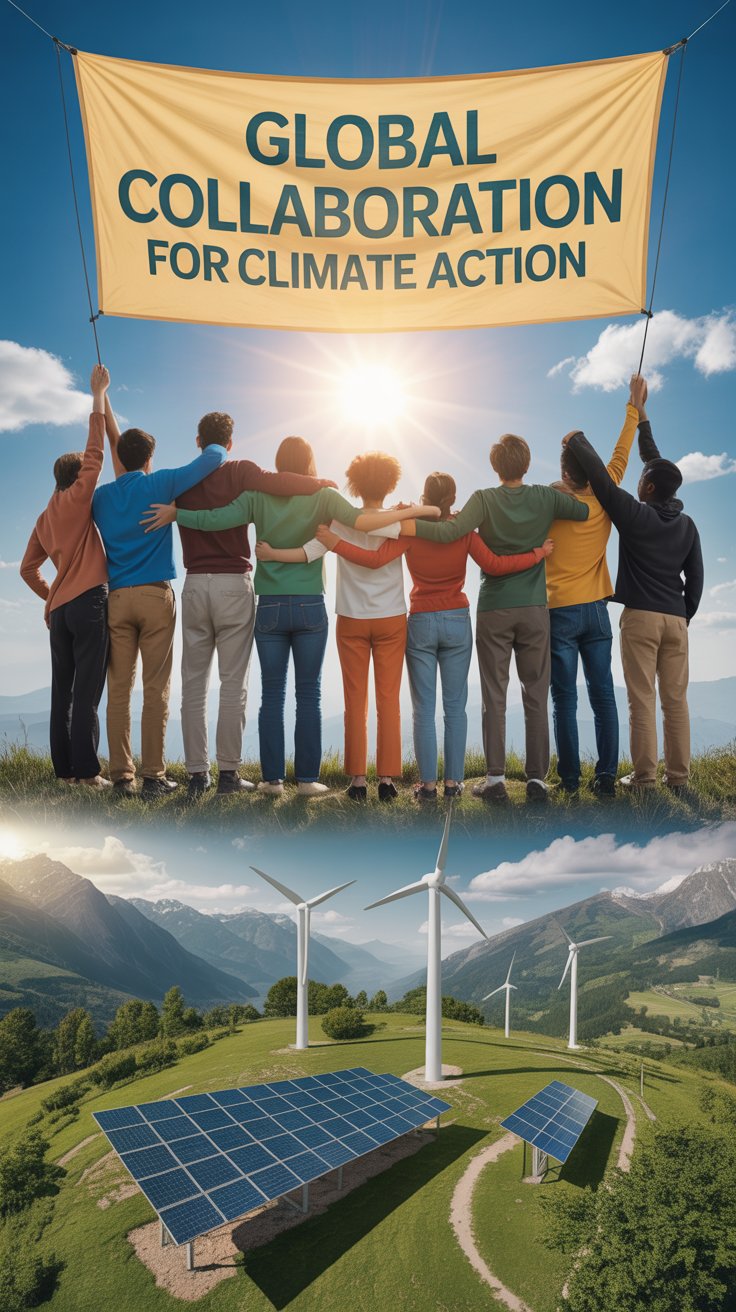
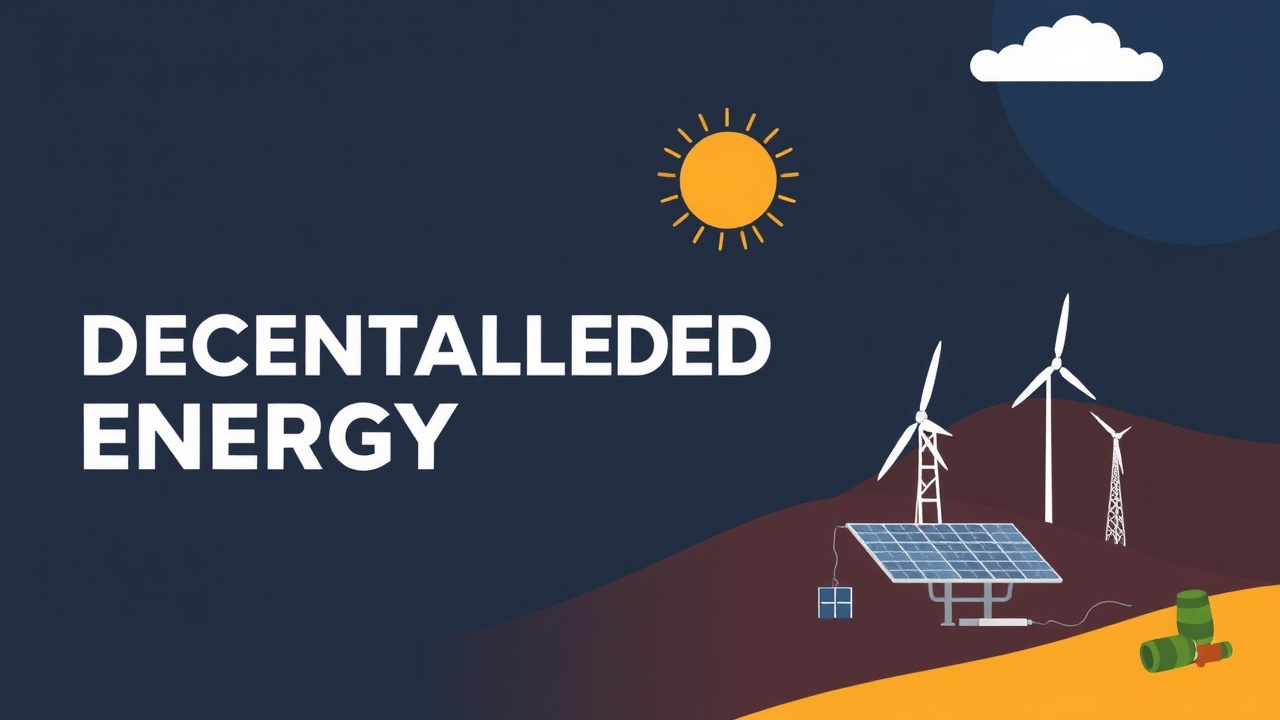
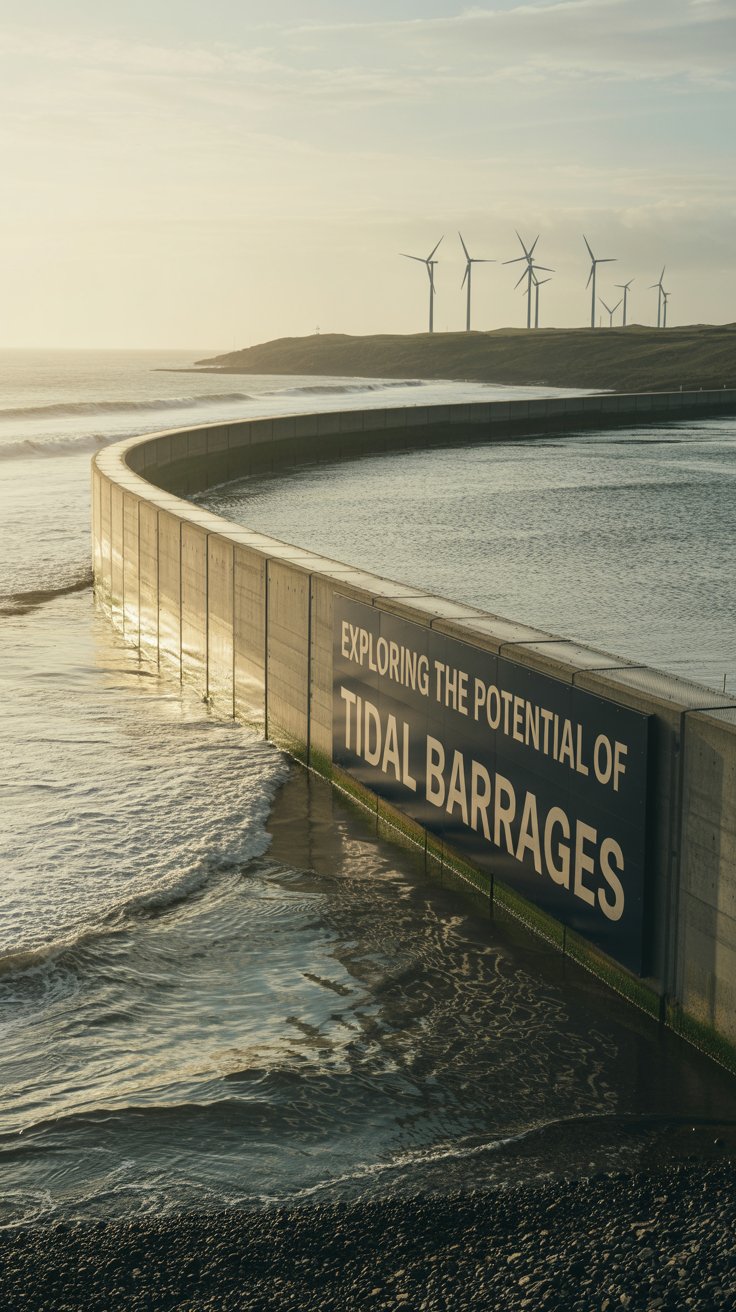
Leave a Reply